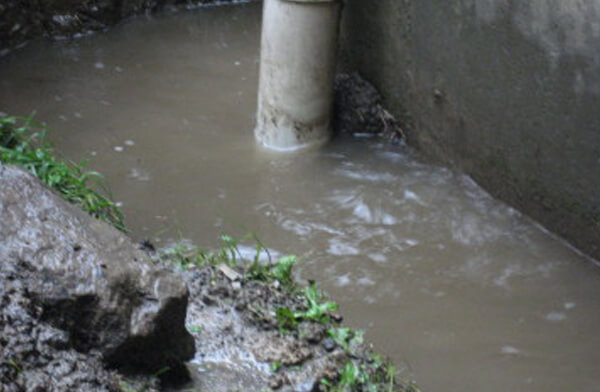6 Ways to Find Concealed Water Leakages in Your House
6 Ways to Find Concealed Water Leakages in Your House
Blog Article
They are making a few good annotation on Leaking water lines overall in the article in the next paragraphs.

Early detection of dripping water lines can minimize a prospective calamity. Apart from saving you money, it will certainly lessen the aggravation and also stress. The minute you discover a leak, calling your plumber for fixings is the most effective remedy. Some little water leakages may not be visible. Right here are some hacks that aid if you can not spot it with your nude eyes.
1. Check Out the Water Meter
Every home has a water meter. Examining it is a guaranteed way that assists you uncover leakages. For starters, shut off all the water sources. Ensure no person will flush, utilize the faucet, shower, run the washing machine or dishwashing machine. From there, most likely to the meter and watch if it will certainly alter. Considering that no person is using it, there should be no movements. That shows a fast-moving leakage if it relocates. Similarly, if you discover no changes, wait a hr or more and check back once again. This means you may have a slow leak that could also be underground.
2. Inspect Water Intake
If you identify unexpected changes, in spite of your intake being the very same, it implies that you have leakages in your plumbing system. An abrupt spike in your bill suggests a fast-moving leakage.
At the same time, a consistent boost on a monthly basis, despite the exact same routines, reveals you have a slow leak that's likewise gradually rising. Call a plumber to completely examine your property, specifically if you feel a cozy area on your floor with piping underneath.
3. Do a Food Coloring Test
When it comes to water intake, 30% comes from commodes. If the shade in some way infiltrates your bowl during that time without flushing, there's a leakage between the storage tank and bowl.
4. Asses Outside Lines
Do not fail to remember to inspect your outdoor water lines also. Needs to water permeate out of the link, you have a loose rubber gasket. One little leak can throw away tons of water as well as increase your water expense.
5. Analyze the situation and examine
Home owners ought to make it a routine to check under the sink counters and also also inside closets for any kind of bad odor or mold and mildew growth. These 2 warnings show a leak so punctual attention is required. Doing routine assessments, also bi-annually, can save you from a major problem.
Examine for discolorations as well as weakening as a lot of pipes and appliances have a life expectations. If you presume dripping water lines in your plumbing system, do not wait for it to rise.
Early discovery of dripping water lines can reduce a possible calamity. Some little water leakages may not be visible. Inspecting it is a guaranteed way that assists you find leaks. One little leak can waste tons of water and surge your water expense.
If you think dripping water lines in your plumbing system, do not wait for it to rise.
WARNING SIGNS OF WATER LEAKAGE BEHIND THE WALL
PERSISTENT MUSTY ODORS
As water slowly drips from a leaky pipe inside the wall, flooring and sheetrock stay damp and develop an odor similar to wet cardboard. It generates a musty smell that can help you find hidden leaks.
MOLD IN UNUSUAL AREAS
Mold usually grows in wet areas like kitchens, baths and laundry rooms. If you spot the stuff on walls or baseboards in other rooms of the house, it’s a good indicator of undetected water leaks.
STAINS THAT GROW
When mold thrives around a leaky pipe, it sometimes takes hold on the inside surface of the affected wall. A growing stain on otherwise clean sheetrock is often your sign of a hidden plumbing problem.
PEELING OR BUBBLING WALLPAPER / PAINT
This clue is easy to miss in rooms that don’t get much use. When you see wallpaper separating along seams or paint bubbling or flaking off the wall, blame sheetrock that stays wet because of an undetected leak.
BUCKLED CEILINGS AND STAINED FLOORS
If ceilings or floors in bathrooms, kitchens or laundry areas develop structural problems, don’t rule out constant damp inside the walls. Wet sheetrock can affect adjacent framing, flooring and ceilings.
https://www.servicemasterbyzaba.com/blog/how-to-detect-water-leakage-in-walls/

I stumbled upon that blog entry on Locating water leaks when doing research the search engines. So long as you appreciated our post kindly be sure to pass it around. Thanks for going through it.
Report this page